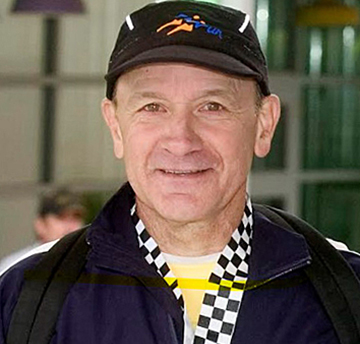Welcome!

When two equals one
St. Martin has a split personality.
It’s a tropical island bordered by the Atlantic Ocean to the north and east and the Caribbean Sea on the south and west.
Ginny and I visited St. Martin during a recent cruise. We also toured the Dominican Republic, Puerto Rico and the US Virgin Islands. The Dominican Republic is an independent nation while the other two are territories of the United States.
St. Martin, on the other hand, is owned jointly by France and Holland. France owns 21 square miles of the island and the Dutch side makes up 16 square miles.
In the Netherlands portion, the main languages are Dutch and English while the French side speaks, well, French. But you can get by with English no matter where you are on the island.
The Dutch call their side Sint Maarten but when you cross the border, it’s Saint Martin, pronounced San MarTAN (with the “N” silent if you speak with a French accent).
Even though the island is shared by two European nations, the population is very diverse with people from 70 countries calling it home. Most live on the Dutch side with some 41,000 residents while 32,500 live on the French portion.
Not surprisingly, tourism makes up about 85 percent of the workforce. During an average year, without hurricanes and pandemics, about 1 million visitors come to St. Martin.
As two of those million, Ginny and I took a tour bus around St. Martin. The driver/tour guide made sure to stop at the border so that half of us were in Saint Martin and the other half were in Sint Maarten.
There’s an obelisk there with the date, 1648, to commemorate the signing of the Treaty of Concordia that codified the division of the island. The treaty allows for the freedom of movement all over St. Martin.
There has been a movement afoot to unify the island as one with support on both sides. But, according to those in the know, France and Holland won’t let it happen. Others go on to say unification isn’t necessary since the populations of both sides get along so well.
Our driver told us that French Saint Martin is governed by the French Republic but Dutch Sint Maarten has more local control. He seemed to indicate that there are certain benefits to living on the French side but that the Dutch side has a higher GDP.
Sint Maarten is known for its nightlife, beaches, jewelry, rum and casinos. On the other side, Saint Martin is famous for clothes, shopping, French and Indian Caribbean cuisine and, er, its nude beaches.
While our driver took us to a Sint Maarten beach, for some inexplicable reason he failed to drive by the French beach.
But the Maho Beach, which extends only a few yards and is bordered by large rocks, is probably one of the best-known beaches in the world. It’s located at the end of the runway of the Princess Juliana International Airport.
Its celebrity comes from the large commercial jets that fly just feet over the sandy beach on approach to the runway. Signs on the fence that separates the runway from the beach warn of “Danger: Jet Blast” from jets taking off.
Our bus arrived at the beach just as a commercial jet was preparing to land. Then another taxied to the end of the runway and took off. But I was still in the bus and could only get shots from my seat.
After we parked, I was able to walk to the beach and was fortunate enough to video a single-engine plane making its approach and landing.
Maho Beach has become so popular that the area has capitalized with shops and cafes and bars, along with a parking lot for buses and other vehicles. It’s become a destination in itself.
But St. Martin is more than airplanes flying close to admiring fans. Ginny and I sat down at one of the many open-air restaurants and ate some of the local recipes. The heaping plates of food were delicious.
St. Martin’s claim to fame, in my view, is how two nations can share one island with open borders whose citizens can chant, "One island, one people, one destiny."
Larry Penkava is a writer for Randolph Hub. Contact: 336-302-2189, larrypenkava@gmail.com.
